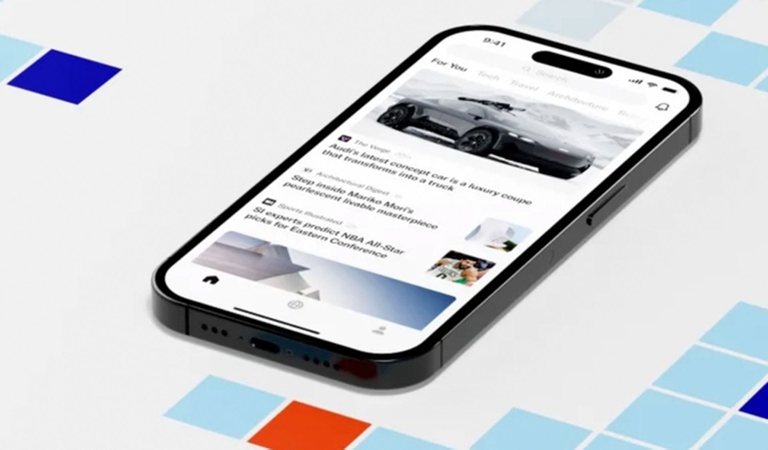https://www.lifegate.it/artifact-social-network
- |
In 2012 Kevin Systrom And Mike Krieger they sold their app to Facebook for around a billion dollars.His name was Instagram, she had been born two years earlier and at the time was still known above all for her photographic filters.Far away were the stories (copied from Snapchat), the reels and above all the billion and four hundred million users who today use the platform, which has become one of the most precious properties of the Meta group.After the sale of the app, the two took a long period of reflection, collaborated on some projects but avoided putting their face on a new product.Until last week, when they presented Artifacts, a social network designed as a "Tiktok for textual content", and which for now is available to a limited number of people (just book on the site).

What is Artifact, the new social network from the "fathers" of Instagram
Artifact aims to be "a personalized news feed governed by artificial intelligence", taking advantage of recent advances in machine learning to give users a better experience - and one tailor-made for them.According to what explained to The Verge at Systrom, the two have been working there for a couple of years.They waited a long time because they promised themselves not to found a new company before three events occurred:first of all, great news in the field of consumer technology (in this case, AI and the Tiktok phenomenon);then the advent of a new way of connecting this innovation to the world of social media, which they consider their reference sector;finally, clear and precise functionality.In short, Artifact was born to solve a problem.
To do this, it borrows a piece of the language model Gpt-3 (that of ChatGpt And Dall-E).In particular, the "T", which stands for "transformer" and indicates the ability of these systems to understand human language more easily and with greater precision, guaranteeing the sector a faster evolution.More than a OpenAI, this technology in particular is due to Google, who invented it in 2017.In addition to generating texts and images, all this can also have positive repercussions on social networks, overturning their basic assumption:instead of showing you content from your friends (the Facebook model) or the accounts your friends follow (Twitter), TikTok began showing external content based on other parameters that had nothing to do with the users' "social network" .A Copernican revolution that Artifact also wants to apply to textual content.The co-founders specify that they want to work closely with publishers to guarantee abalanced and sustainable information offering (for example by showing advertisements from news sites), and to see the text as the first phase of a larger project, with which they want to refine their AI.
The problem of misinformation
The idea of a news feed highly personalized by an algorithm, however, also brings to mind unpleasant precedents, such as those which mainly affected Facebook starting from 2015 and which led to the many controversies and scandals regarding the so-called filter bubble, the fake news and i deepfake.Problems that also concern the same one, albeit in a different way TikTok, whose algorithm tends to distribute content always in line with users' positions.The risk of falling into the rabbit hole and a path of online radicalization, therefore, still exists, and it is not yet clear how much artificial intelligences can help avoid it.
